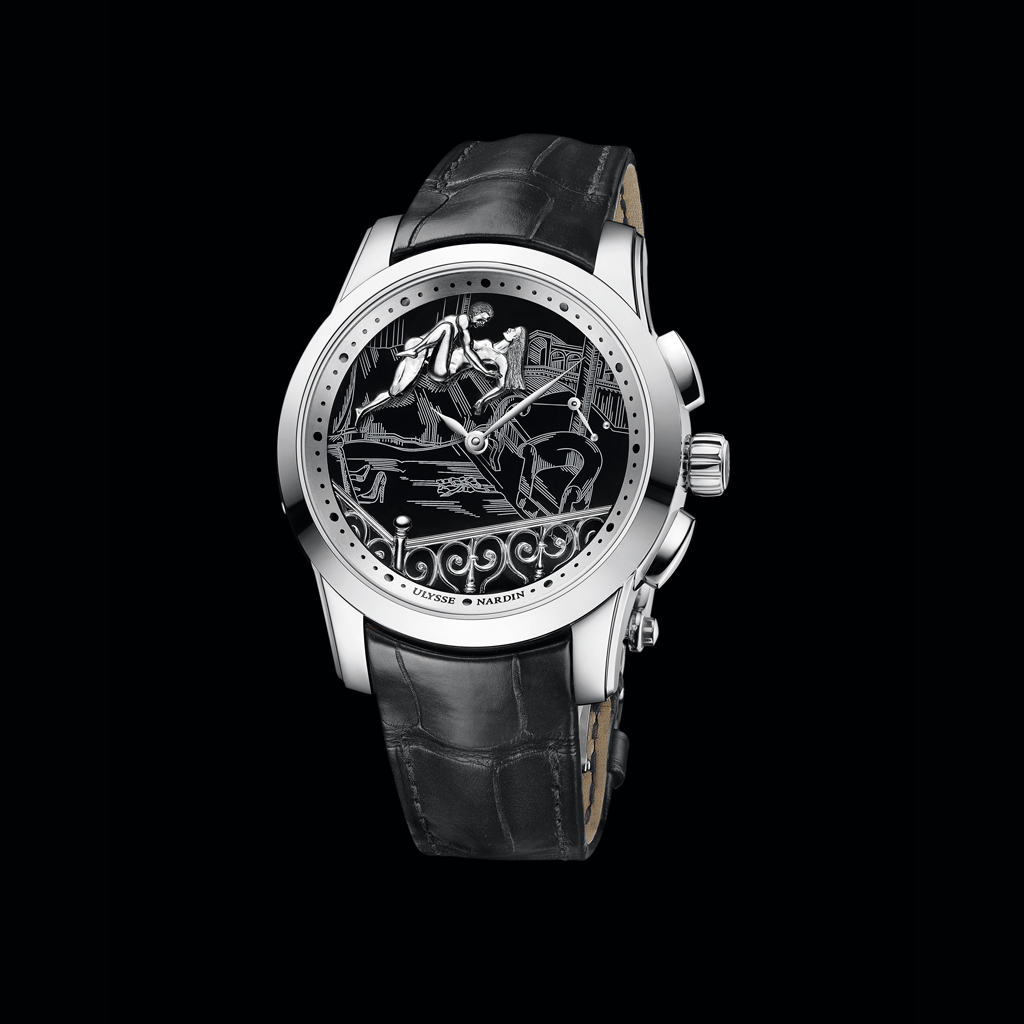Culture
After Hours: Part 2 – The Art of Erotica
Original Sin
An erotic watch is, in several ways, the 18th-century equivalent of pornography in your smartphone. (Or, in a more primitive age, those cute nude ballpoints where a model’s black lace basque falls off when you invert the pen, a reliable way of livening up the dullest of meetings.)
One, it is advanced technology used to support and indulge very ancient tastes. Two, it is a personal secret made more pleasurable because it can be covertly enjoyed in public.
All artefacts speak of their time, betraying the yearnings and obsessions, hopes and fears, of the people who made them — and, indeed, the people who use them. Thus, we have gaudy porn on our iPhone while our ancestors had a quarter-repeater pocket watch where you slid a cover to reveal a miniature enameled scene of a partially undressed and notably inflamed priest fitting a plump, naked girl with a chastity belt. Before or after? It is difficult to say.

The Hourstriker that caused a stir at Baselworld 2015
The Horological Art of Erotica
The development of automata in the Geneva area, by Jaquet Droz and others, was a symbolic moment in man’s historic escape from God during the period we now call The Enlightenment. An automaton’s simulacrum of life put Man in competition with the Divinity.
One Jaquet Droz masterpiece was a duck that digested and defecated, causing astonishment wherever it was demonstrated. It was, naturally, an advertisement for his watchmaking skills. Meanwhile, his contemporaries might automate a scene of vivid lovemaking as the quarter-repeater drives the piston movement of a pink male bottom grinding through the repetitive motions of love with a clockworking girl.
Tools of the Trade
Not always of the loftiest artistic intent, these erotic scenes are nonetheless all small masterpieces of miniaturism. There are certain craft techniques that lent themselves to the miniaturist’s art. Since the 17th century, Geneva had been a center of enameling and engraving. Cloisonné was a technique where compartments were made by soldering gold or silver wire to the surface and these compartments were filled with enamel powder and then fired in a kiln. Champlevé was similar, but depended on incisions carved or etched into a surface, which then were also filled with a vitreous enamel.
Then there was the engraving technique of guilloché whose intricate, repetitive patterns so readily bring to mind the weave of a strumpet’s fishnet stockings. All these techniques were used in the static or automated tableaux in erotic watches.

Gérald Genta La Boîte à Malice, sold by Antiquorum in 1995
Besides Geneva, London was also a center of erotic-watch production where they were sometimes known as conversation pieces. Although this term is most often applied to the paintings of informal social groups by Arthur Devis, an erotic watch might be expected to start a conversation of a sort that did not conclude with the exchange of words and ideas…
Part 3: The most erotic timepiece ever made
[Excerpted from an article by Stephen Bayley, first published in July 2015]










